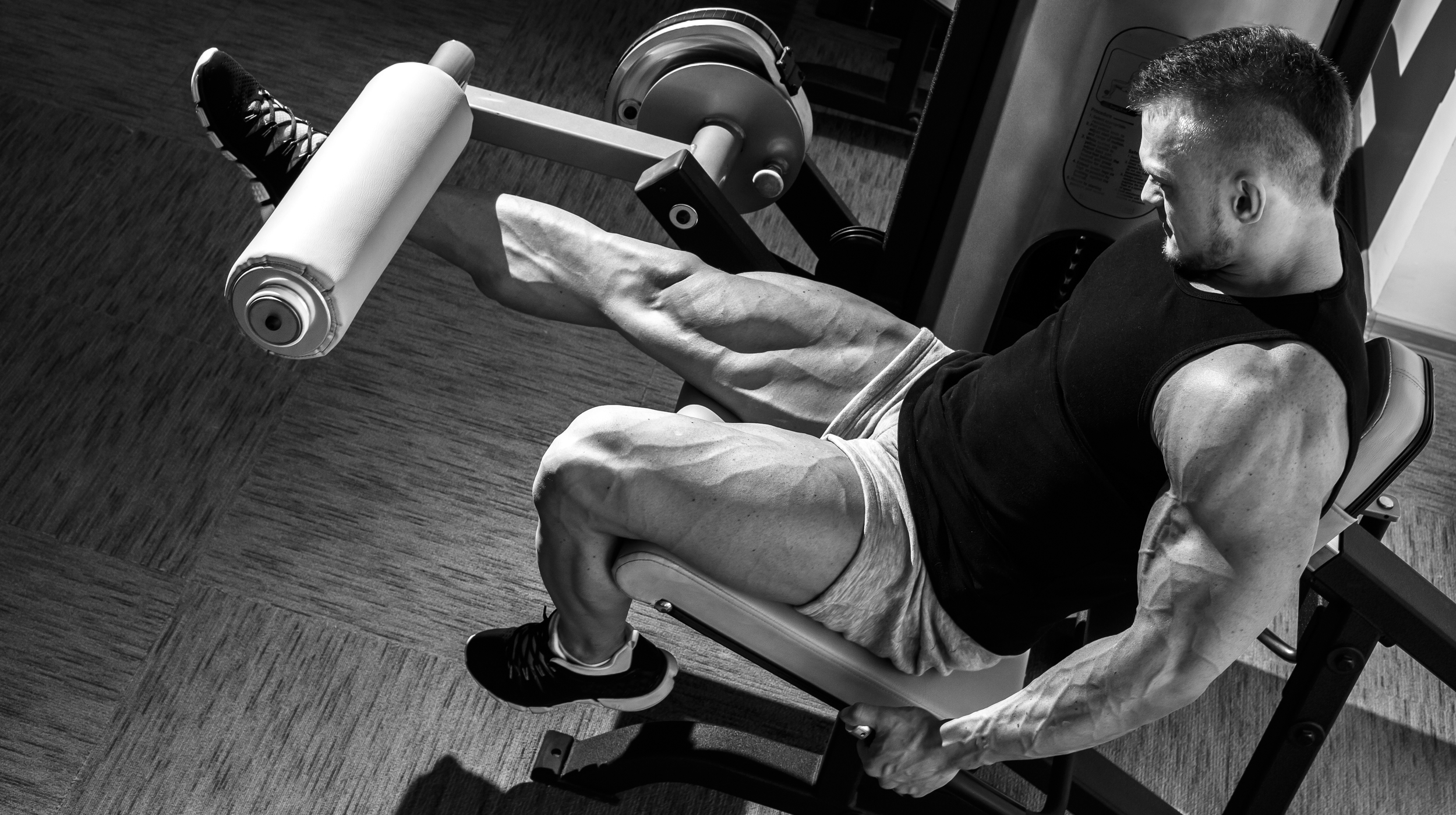How Do I Build My Legs?
Dec 5, 2019 mindpumpQuadriceps, hamstrings, calves and glutes. These are the main muscles of the lower body. Train them properly and they will get stronger and they will build. Train them improperly and you will just get sore with little results to show for it. If you want to develop impressive legs, keep reading. In this article, I will share with you the roadmap to developing amazing and muscular legs and glutes.
Not all exercises are created equal
There are literally hundreds of resistance training exercises that work the muscles of your lower body. Although they are all different, they all have one thing in common – when done properly they trigger muscle growth and strength. Notice how I didn’t say the words tone, sculpt or shape. Those are words that are used to describe different degrees of muscle building. Muscles either build (hypertrophy) or they shrink (atrophy). If they build a little, then your muscles feel harder (toned) and as they build their appearance becomes more aesthetic (sculpt or shape), but make no mistake, they are building. This is why you want to pick the best muscle building exercises if you want fast results.
Although all resistance training exercises build muscle, they are not all equal in terms of how fast or effectively they build muscle. There is a clear hierarchy when it comes to resistance training exercises. For legs, the king of all exercises is the barbell squat. For the vast majority of those of you who are reading this article, nothing will create visual changes to your legs as fast or as effectively as barbell squats. If you are serious about leg training you should be squatting at least one time a week or, ideally, two to three times a week.
Other effective lower body exercises include all barbell deadlift versions, lunges, Bulgarian split stance squats, and the barbell hip thrust (especially effective for the glute “butt” muscles). Notice I didn’t list leg extensions, leg curls, leg abduction/adduction (“good girl bad girl” machines), or any other machines. Machines can be very useful when added to a routine that already contains the best exercises I listed, but on their own they produce results that pale in comparison to the best ones I listed.
Full range of motion
For best results, train your legs with a full range of motion. Multiple studies show that full range of motion training builds muscle faster than shorter ranges of motion. However, this DOES NOT necessarily mean you need to squat all the way down when doing squats. Your goal should be to use the fullest range of motion that you have COMPLETE control over. If you train outside of the range of motion you control, your risk of injury increases dramatically. What if your body is too tight or you don’t have the ability to do exercise with a full range of motion? Practice and include mobility work. Use light weight (or no weight) and practice exercises (not workout with them) and slowly build up your ability to use full ranges of motion. This makes a big difference for muscle building.
Frequency
In my experience as a trainer of over 20 years, muscles grow, get stronger and respond best to at least two days a week of training. Ideally it would be best to do three days a week of leg training. Pick one to three exercises and train them one day a week. The next day pick one to three different exercises and train your legs again. If you train a third day repeat your favorite exercises from the previous workouts.
Intensity
Muscles don’t grow or get stronger for no reason. Adding muscle to your body means your body needs more resources to function (a faster metabolism). This means the body ONLY builds muscle if it thinks it’s in its best interest. This requires a certain level of stress. When you train your muscles hard, your body tries to adapt to the stress by becoming stronger and by building more muscle. To be clear, the amount of intensity required to do this varies from person to person. A beginner doesn’t need much to get things to change while someone who is advanced will need much more intensity. Doing more than is needed will also slow things down as the body becomes overwhelmed with damage. You should NOT be sore for more than a day or two MAX after a workout, or better yet, you should barely be sore at all. If you find yourself sore for longer than a couple days, scale back the intensity.
Reps
All rep ranges between 1-30 build muscle. The rep range that will be most effective for you is the one your body is least used to. In other words, if you always train in the 10-rep range then training for 3 reps with really heavy weight or training for 30 reps with much lighter weight will give you great results. Train in a rep range for a few weeks and then make sure to switch to another one.







